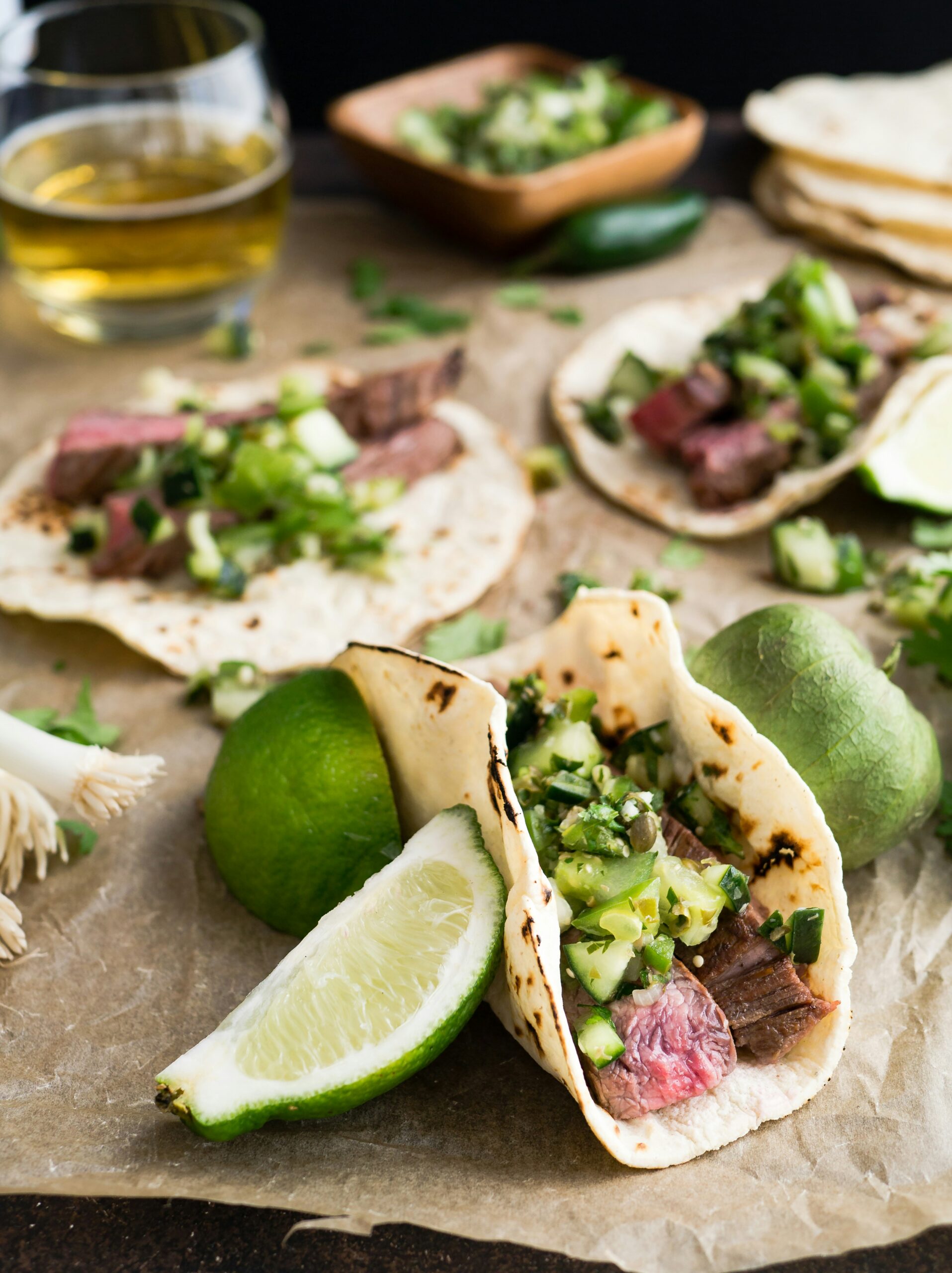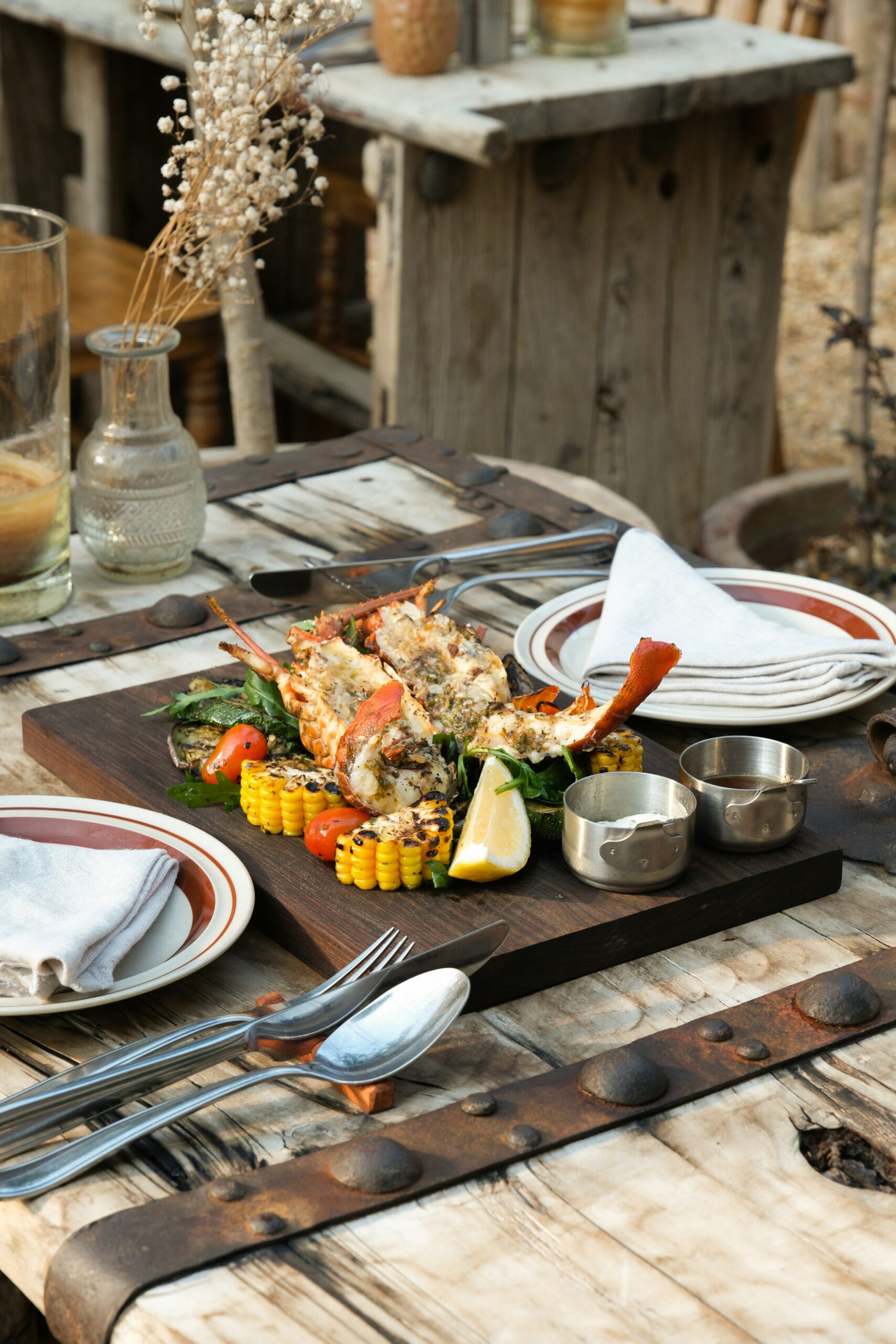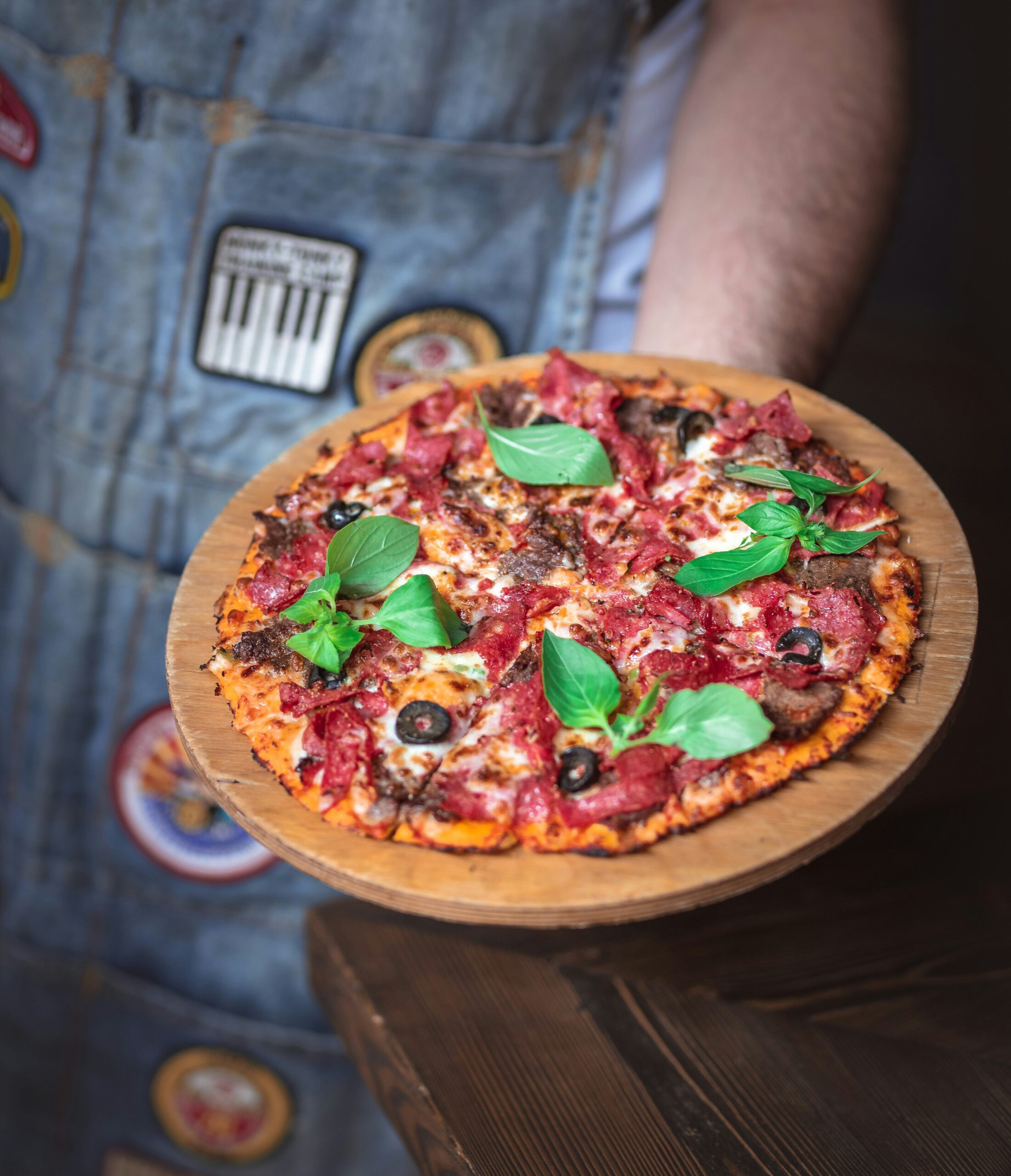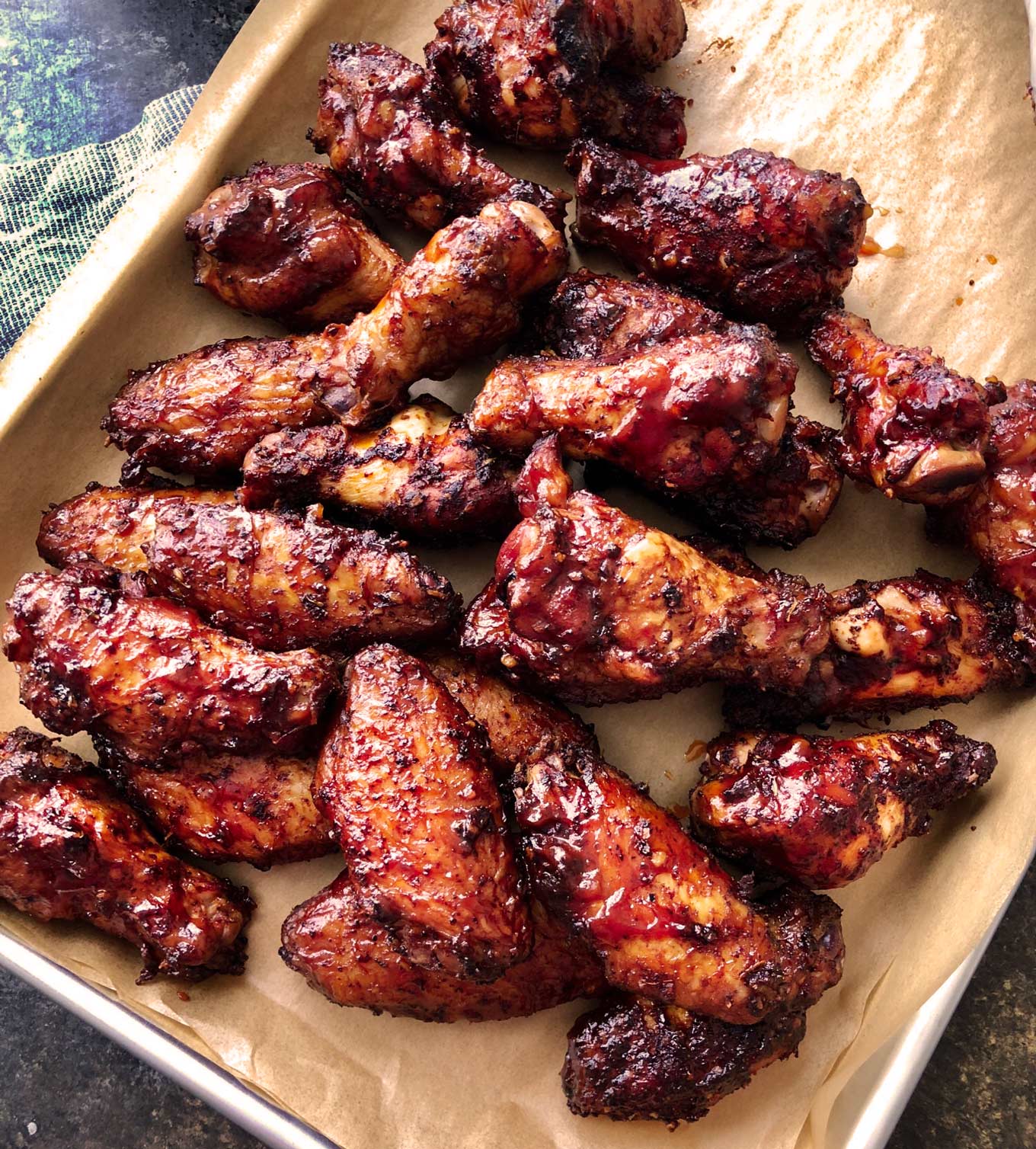Taco Terminology: Celebrating California’s Obsession with Tacos
California's obsession with tacos goes beyond casual dining – it's a cultural phenomenon that has shaped the state's culinary landscape. From street vendors to high-end restaurants, tacos have become an essential part of California's food identity, with regional styles and variations creating a rich tapestry of flavors.

Understanding taco terminology is essential for navigating menus and ordering with confidence at taquerias throughout California. Terms like “al vapor” (steamed tacos) and various meat preparations differentiate the countless taco styles available across the state.
Newcomers to California's taco scene often feel overwhelmed by the variety of options and specialized vocabulary. This glossary serves as a practical guide for taco enthusiasts who want to expand their horizons beyond basic orders and experience the full spectrum of taco styles popular in California.
Taco Terminology: Celebrating California's Obsession with Tacos
The Evolution of the Taco
Tacos have transformed from humble beginnings into a global culinary phenomenon, shaped by centuries of cultural exchange, migration patterns, and culinary innovation.
Origins and History
Tacos trace their roots to pre-Hispanic Mexico, where indigenous peoples would use small hand-sized tortillas as edible utensils. The word “taco” itself may have originated from the silver mines in Mexico during the 18th century, where “tacos” referred to paper-wrapped gunpowder used to excavate ore.
The first documented tacos were called “tacos de minero” or miner's tacos. These early versions were simple—corn tortillas filled with readily available ingredients like beans, chiles, and occasionally meats when available.
By the 20th century, tacos had evolved significantly. The history of tacos in America took a notable turn in 1952 when Glen Bell started selling tacos from a stand called Taco-Tia, which would eventually become Taco Bell.
Traditional varieties include tacos al vapor (steamed), al pastor (spit-grilled), de carnitas (slow-cooked pork), and many others that reflect regional Mexican cuisines.
Taco Culture in Alta California
California's relationship with tacos represents a unique cultural fusion. The state's proximity to Mexico and its large Mexican-American population have made tacos an integral part of California's culinary identity.
In Los Angeles particularly, taco trucks and stands have become cultural institutions. The city's taco scene evolved from simple street food to sophisticated culinary experiences, with chefs experimenting with local California ingredients while honoring traditional techniques.
The farm-to-table movement in California has influenced taco making, with an emphasis on fresh, local, and sustainable ingredients. Many establishments pride themselves on house-made tortillas using heirloom maize varieties.
Social media has amplified taco culture, with “Taco Tuesday” becoming a weekly celebration and tacos featuring prominently in food festivals throughout the state. The taco has transcended its status as merely food to become a cultural touchstone that bridges communities.
The Science Behind the Perfect Taco
Creating the ideal taco involves a precise balance of flavors, textures, and temperatures. The cornerstone is the tortilla, typically made from nixtamalized maize—corn treated with calcium hydroxide to increase nutritional value and improve workability.
The perfect tortilla should be pliable yet sturdy, with slight charring that adds complexity. Scientifically, this charring creates Maillard reactions that develop hundreds of new flavor compounds.
Protein fillings benefit from slow-cooking methods that break down collagen into gelatin, creating the tender texture found in traditional preparations like barbacoa and carnitas. The ratio of fat to lean meat significantly impacts mouthfeel and flavor delivery.
Toppings create balance: acidic components (lime, pickled vegetables) cut through richness, while fresh herbs contribute aromatic compounds that stimulate multiple sensory receptors. Heat from chiles triggers pain receptors that paradoxically enhance pleasure through endorphin release.
The optimal bite of a taco should deliver multiple textures and flavors simultaneously—a sensory experience that explains our enduring fascination with this seemingly simple food.

Ingredients: Building the Basics
Every authentic taco begins with quality ingredients that work together to create a harmonious flavor profile. The right combination of tortillas, proteins, and vegetables forms the foundation of this beloved Mexican staple.
Essential Components of a Taco
Tacos require a careful balance of flavors and textures to achieve their signature taste profile. The base structure includes a tortilla, a protein, and traditional toppings that complement each other.
Traditional taco ingredients include:
- Tortillas: Corn or flour
- Proteins: Seasoned meats or vegetarian options
- Toppings: Onions, cilantro, salsa
- Garnishes: Lime wedges, radishes
The seasoning blend typically contains salt, pepper, chili powder, cumin, and garlic. These spices create the distinctive flavor profile that makes tacos instantly recognizable and deeply satisfying.
For authentic Mexican tacos, simplicity often yields the best results. Street tacos commonly feature just meat, onions, and cilantro on a corn tortilla with lime on the side.
Tortillas: The Foundation
The tortilla serves as both container and crucial flavor component. Corn tortillas require just masa harina and warm water, with salt added optionally. These traditional tortillas have a distinctive earthy flavor that complements savory fillings.
Types of tortillas commonly used:
- Corn (maíz): Traditional, gluten-free, slightly sweet
- Flour (harina): Softer, more pliable, common in northern Mexico
- Blue corn: Earthy flavor with striking appearance
For optimal texture, tortillas should be warmed properly. Heat them directly on a comal or dry skillet until they become pliable and slightly charred in spots. This process awakens their flavor and improves their flexibility for folding.
Fresh, handmade tortillas elevate any taco experience significantly. Their superior texture and flavor create an entirely different eating experience compared to mass-produced versions.
Proteins: From Carne Asada to Al Pastor
The protein selection defines a taco's character and regional identity. Carne asada (grilled beef) represents one of the most popular options, featuring thin-sliced, marinated beef with a smoky char.
Popular taco protein varieties:
- Carne Asada: Grilled beef, usually flank or skirt steak
- Al Pastor: Spit-grilled pork with pineapple and adobo
- Pollo: Chicken, often grilled or shredded
- Barbacoa: Slow-cooked, tender beef
- Pescado: Fish, typically grilled or fried
Quesabirria tacos combine shredded birria meat with melted Oaxacan cheese. This style often features tortillas dipped in rich consommé before being fried to a crisp texture.
Vegetarian options include nopales (cactus), mushrooms, or potato mixtures that provide hearty alternatives to meat fillings.
Vegetables: Lettuce and Beyond
While American-style tacos often include shredded lettuce, authentic Mexican tacos typically feature different vegetables altogether. Raw white onion and fresh cilantro create the classic topping combination for street tacos.
Essential vegetable components include:
- Onions: Raw, pickled, or grilled
- Cilantro: Fresh leaves and tender stems
- Radishes: Served as crunchy, peppery garnish
- Cabbage: Often replacing lettuce in fish tacos
- Avocado: Sliced or as guacamole
For those who prefer American-style tacos, shredded lettuce, diced tomatoes, and grated cheese create familiar comfort. The lettuce provides a fresh, cool contrast to spicy fillings while adding a satisfying crunch.
Pickled vegetables like jalapeños, carrots, and onions (collectively called escabeche) provide acidic counterpoints to rich proteins. This balance of flavors represents the sophisticated flavor profile that makes tacos a perpetually popular dish.

Regional Tacos of California
California's diverse culinary landscape has given rise to distinctive taco styles that vary dramatically from San Diego to San Francisco. These regional variations reflect both traditional Mexican influences and innovative California fusion approaches that have created unique taco identities throughout the state.
Alta California Cuisine and Tacos
Alta California cuisine represents the evolution of Mexican food through a California lens, blending traditional techniques with local ingredients and contemporary sensibilities. This culinary movement emerged in the 2010s with chefs like Carlos Salgado of Taco María in Orange County leading the charge.
These tacos often feature handmade heirloom corn tortillas paired with sustainable, locally-sourced ingredients. Typical Alta California tacos might include unusual flavor combinations like squash blossom with queso fresco or sea urchin with smoked salsas.
The movement emphasizes quality over quantity, with tacos priced higher than street versions but offering elevated ingredient profiles. Many Alta California establishments grind their own masa for tortillas, creating a distinctive texture and flavor that has become a hallmark of the style.
Taco Styles and Variations Across the State
Southern California boasts several regional specialties, including San Diego's famous fish tacos – battered fish topped with cabbage, crema, and pico de gallo. These Baja-style creations reflect the coastal influence and proximity to Mexico.
Los Angeles, as a taco epicenter, offers incredible diversity. Street vendors throughout East LA specialize in traditional tacos de guisado (stewed meat tacos) while taqueria vocabulary becomes essential knowledge for navigating the scene.
The Central Valley's agricultural abundance influences its taco landscape with farm-fresh ingredients. Here you'll find tacos campesinos featuring seasonal vegetables alongside traditional meat options.
Northern California, particularly the Bay Area, embraces fusion approaches with Korean-Mexican mashups and organic, farm-to-table ingredients appearing in local taquerias. Mission-style burritos may dominate San Francisco, but distinctive taquerías still flourish with unique regional interpretations.
Contemporary Taco Scene
California's taco landscape has evolved significantly, blending traditional techniques with modern innovations. The state's diverse culinary scene showcases everything from street-style offerings to upscale interpretations that honor authentic Mexican flavors.
Taquerias and Taco Trucks
Taquerias remain the backbone of California's taco culture, offering authentic experiences with handmade tortillas and traditional preparations. These neighborhood establishments often specialize in regional Mexican recipes passed down through generations.
Many taquerias serve steamed tacos known as “al vapor,” featuring soft tortillas with tender, pulled meat fillings. Some establishments focus on specific styles, such as the moist, barely-chewy chicharrón tacos found at places like Los Reyes.
Taco trucks have transformed from convenient meal stops to culinary destinations in their own right. These mobile kitchens often develop cult followings for their specialized offerings, whether it's perfectly charred al pastor or succulent carnitas.
The ordering experience at trucks and taquerias typically involves counter service with rapid preparation, allowing customers to witness their food being made fresh.
Mexican Restaurants and Taco Innovation
Upscale Mexican restaurants across California are reimagining tacos with creative techniques while respecting traditional flavors. Establishments like Vida Modern Mexican and Tequila offer extensive taco selections, encouraging diners to explore beyond familiar options.
Many restaurants emphasize “al fresco” dining experiences that complement their taco offerings with thoughtfully paired beverages and atmosphere. The flour tortilla option, traditionally associated with northern Mexican cuisine, has gained popularity alongside the classic corn variety.
American taco styles continue to evolve as chefs experiment with fusion elements and locally-sourced ingredients. This innovation reflects the dynamic nature of taco culture, which constantly incorporates new influences.
Restaurant tacos often feature elevated presentations and ingredient combinations not typically found at street vendors, creating distinct dining experiences for taco enthusiasts seeking variety.

Famous Taco Destinations
California boasts incredible taco destinations that have shaped the state's culinary landscape. From iconic establishments with decades of history to hidden gems worth seeking out, these taco spots showcase the authentic flavors that make California a taco lover's paradise.
King Taco: An LA Institution
King Taco stands as one of Los Angeles' most beloved taco institutions since its founding in 1974. What began as a converted ice cream truck in East LA has expanded to multiple locations throughout the city.
The restaurant is renowned for its signature carne asada and al pastor tacos, served with their famous red salsa. King Taco pioneered the authentic street taco experience in LA before street food became trendy.
Locals particularly appreciate their late-night hours, making it a popular post-event destination. The no-frills atmosphere focuses on what matters most: exceptional tacos at reasonable prices, served quickly and consistently.
First-time visitors should try their legendary sopes and burritos alongside the classic tacos. The restaurant maintains its authentic charm despite its growth into a regional chain.
Must-Visit Places for Taco Lovers
Southern California offers an extraordinary range of taco experiences for dedicated enthusiasts. Ventura's hidden gems and San Diego's iconic taco stands showcase regional variations worth exploring.
Los Angeles, recognized among America's premier taco cities, features standouts like Sonoratown (downtown LA) with its northern Mexican-style flour tortillas and mesquite-grilled meats. Mariscos Jalisco in Boyle Heights serves legendary crispy shrimp tacos dorados.
For unique varieties, Guerrilla Tacos offers creative chef-driven options with seasonal ingredients. Tire Shop Taqueria specializes in Tijuana-style carne asada on handmade tortillas.
Several California taco shops have earned national recognition on Yelp's best tacos list. The local food scene includes various regional styles that demonstrate the remarkable diversity of taco traditions across the state.

Culinary Figures and Influences
Behind California's vibrant taco culture stand influential individuals who have shaped public understanding and appreciation of this beloved food. These culinary voices have documented traditions, championed authenticity, and innovated while respecting heritage.
Gustavo Arellano and California's Taco Chronicles
Gustavo Arellano stands as one of the most important voices in California's taco narrative. As a food writer and author of “Taco USA: How Mexican Food Conquered America,” Arellano has meticulously documented the evolution and cultural significance of tacos in the American landscape.
His columns in the Los Angeles Times have educated countless readers about regional taco varieties and authentic preparation methods. Arellano's work goes beyond mere food criticism—it explores how tacos connect to broader cultural identities in California.
Through his writing and public appearances, Arellano has helped elevate taco literacy, teaching consumers to appreciate the nuances between different styles and regional variations. His advocacy has been instrumental in positioning Los Angeles as what many consider the premier taco destination outside Mexico.
Chefs Pioneering Taco Culinary Traditions
California's taco scene thrives thanks to chefs who balance tradition with innovation. These culinary pioneers have introduced regional Mexican taco styles that are flourishing throughout the state, particularly in Los Angeles.
Many chefs have become cultural ambassadors, educating diners about techniques like cooking al vapor (steamed tacos) or preparing specific regional fillings. These practitioners often trace their techniques to specific Mexican states or towns, maintaining authentic traditions while adapting to California ingredients.
Some notable figures have opened establishments featuring specialized preparations from Jalisco, Sonora, or Mexico City. Their dedication to craft—using hand-pressed tortillas, slow-cooked meats, and traditional marinades—has elevated the taco from fast food to respected culinary achievement.
Through cooking classes, cookbooks, and restaurant experiences, these chefs continue to deepen California's understanding of taco preparation traditions, ensuring this beloved food's authentic character endures.

Knowing Before Ordering
Navigating taco menus requires familiarity with specific terminology and an understanding of proper ordering etiquette. The difference between an average taco experience and an exceptional one often comes down to knowing these essential details.
Decoding Taco Menus
When approaching a taqueria counter, you'll likely encounter specific terminology that can seem intimidating at first glance. Tacos al vapor refers to steamed tacos with soft texture both inside and out, typically filled with pulled meat.
Adobada is a term commonly used in Tijuana for what many know as al pastor – meat (usually pork) marinated in red adobo sauce and roasted on a vertical spit called a trompo. This cooking method allows the meat to develop complex flavors over time.
Different taco shells also dictate the experience. Soft corn tortillas are traditional, while crispy shells are more Americanized. Some taquerias offer flour tortillas as an alternative, particularly in northern Mexican-style establishments.
Menu boards might list preparations like a la plancha (grilled on a flat-top) or guisados (stewed fillings), each yielding different textures and flavor intensities.
Taco Etiquette and Ordering Tips
When ordering at authentic taquerias, concise and specific requests are appreciated during busy times. Start by specifying the quantity and type of meat or filling desired. For example: “Tres tacos de carnitas, por favor” (Three carnitas tacos, please).
Most taquerias provide complimentary salsa bars where customers can customize their tacos after receiving them. It's considered proper to take small amounts of multiple salsas rather than drowning tacos in one variety.
Tacos are typically eaten by hand, not utensils. The proper technique involves a slight tilt of the head toward the taco rather than bringing the entire taco to eye level, which helps prevent fillings from falling out.
Many establishments offer tacos at special prices during certain hours. Visiting during these taco happy hours can provide excellent value while supporting businesses during traditionally slower periods.
When ordering for groups, it's often best to order in rounds rather than all at once, ensuring each taco is enjoyed at the optimal temperature and freshness.







